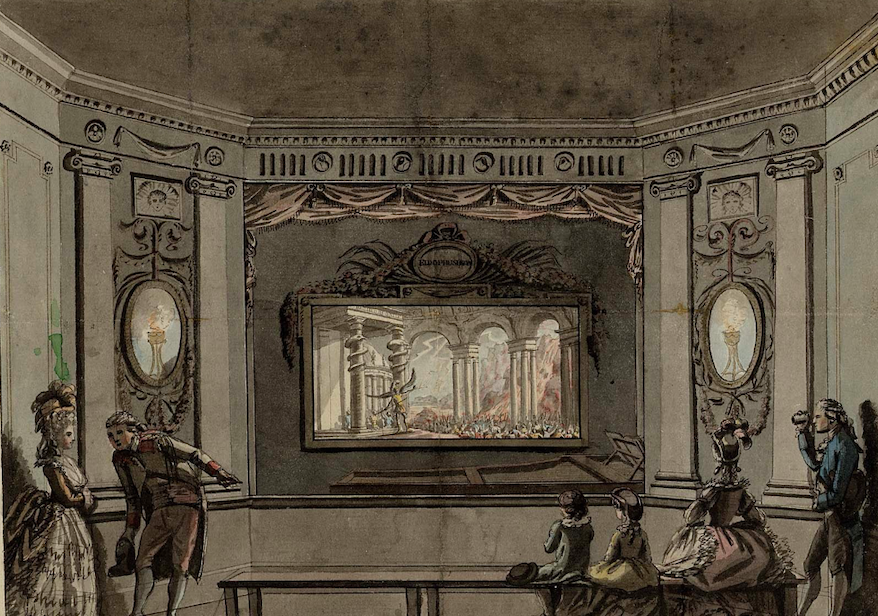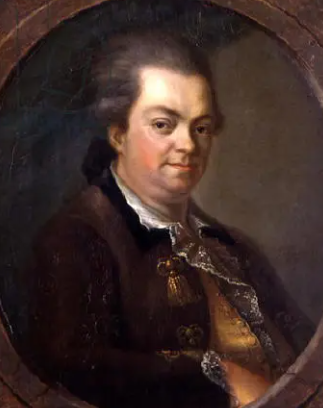
Fascinated by Count Cagliostro
COUNT CAGLIOSTRO

Count Cagliostro was a friend and associate of Loutherbourg until they fell out dramatically. , Alessandro di Cagliostro, was an 18th-century occultist and self-proclaimed magician. His ideas and teachings blended various esoteric and mystical traditions of his time, and were influenced by Swedenborg although it is unclear if they ever met in London. While Cagliostro’s ideas were diverse and evolved, here are some key elements that are often associated with his teachings:
Cagliostro was influenced by alchemical and Hermetic traditions, which emphasised the transformation of the self and the pursuit of spiritual enlightenment. He believed in a universal life force or energy that could be harnessed for personal growth and healing.
Cagliostro was involved in Freemasonry and claimed to have attained high degrees in various Masonic sects. He incorporated Masonic symbolism and rituals into his teachings and offered initiations and memberships into his secret society, the Egyptian Masonic Rite. However his interpretation of Freemasonry was rejected by the mainstream of the movement, and he fell out with them.
Cagliostro was known for his self-styled ‘Egyptian Cure’ – a medicinal ritual supposed to offer a full human rejuvenation. He claimed to have been in Egypt where he discovered secret knowledge and initiations from ancient Egyptian sources. He incorporated Egyptian symbolism and rituals into his teachings, presenting himself as a custodian of ancient wisdom and claiming access to hidden knowledge.
Cagliostro promoted various healing practices, including herbal remedies, magnetism, and energy healing. It is probable that he worked as an apothecary’s apprentice in his youth. He claimed to be able to heal through manipulating life force energy and advocated for a holistic approach to health and well-being. He taught faith healing to Loutherbourg and Lucy, who opened their own faith healing clinic in London. The clinic was free to the poor, which attracted large crowds until the authorities shut them down due to fear of social unrest.
Cagliostro emphasised the pursuit of spiritual enlightenment and personal transformation. He taught that individuals could attain higher levels of consciousness and spiritual awareness through the practice of his teachings, rituals, and initiations.
It is important to note that Cagliostro’s ideas and practices were controversial and often met with skepticism and criticism during his lifetime. His claims of possessing supernatural powers and secret knowledge led to accusations of fraud and charlatanism. While many were drawn to his teachings and practices, others dismissed him as a fraud or a showman. He was eventually arrested in Italy by the Inquisition and incarcerated until his death; his papers were presumably destroyed.

